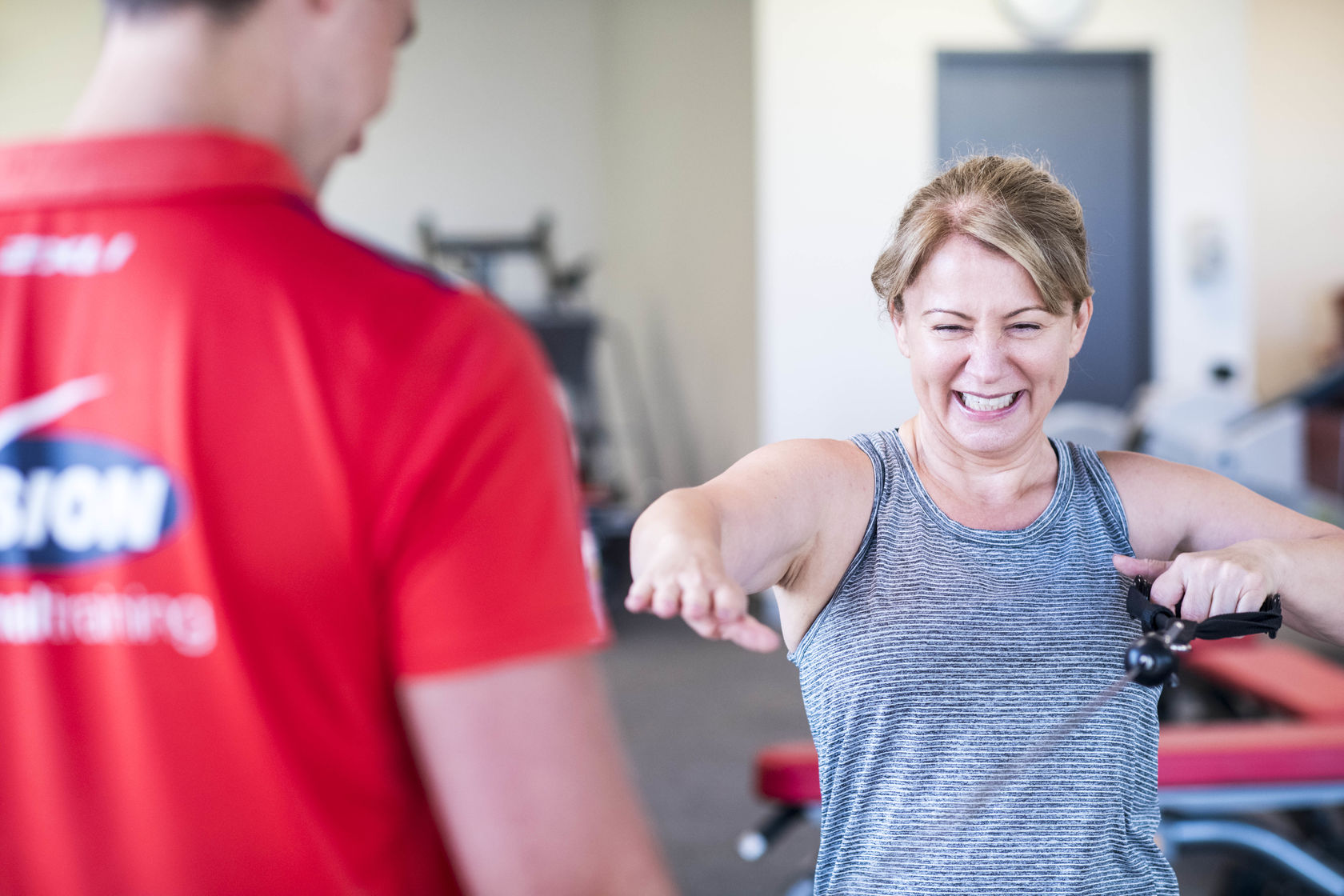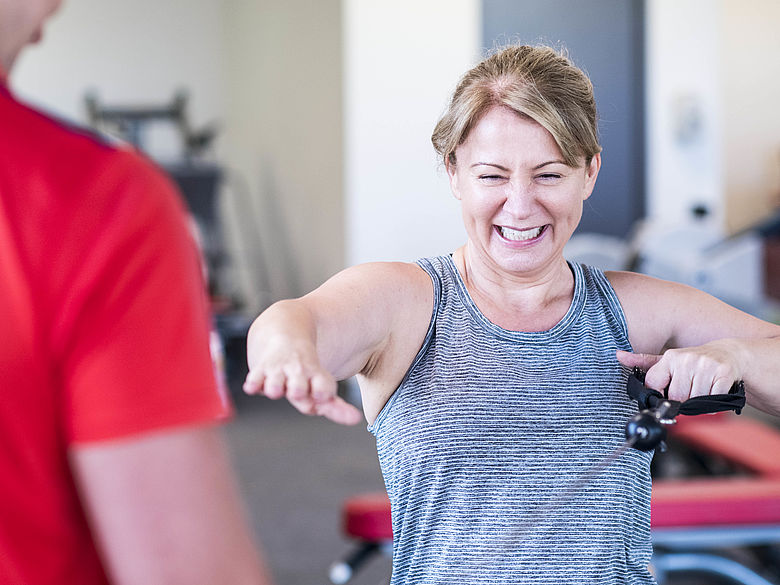As of the last 10 years, research has found that we are evolving to have our shoulders rolled forward and due to a lot of people's circumstances, this could be work related - sitting on a computer all day, using our mobile phones or even something as innocent as feeding a baby, we now bend our necks over and face down throughout the majority of the day.
How do we counteract this and ensure we are not all falling into creating bad posture for ourselves? But firstly, what affects would having bad posture actually have on your health? Here are 4 common health problems caused by bad posture:
- Poor Breathing
- Back, shoulder and neck pain
- Tension headaches
- Poor digestion
A simple way to check Posture:
Stand with the back of your head against a wall, place heels 6 inches from the wall. Your buttocks and shoulder blades should touch the wall. There should be less than 2 inches between your neck or small of the back and the wall. A larger gap indicates bad posture and a curving spine.
Ok so you may have noticed a larger gap, now what?
A simple way to start improving Posture:
The Chin Tuck can help reverse forward-head posture by strengthening the neck muscles. This exercise can be done sitting or standing. Start with your shoulders rolled back and down. While looking straight ahead, place two fingers on your chin, slightly tuck your chin and move your head back.
Are you predominantly sitting all day at your work place?
If you work long hours at a desk and have the option, use a chair that's ergonomically designed for proper support and designed for your height and weight. If this is not an option, try using a small pillow for lumbar (lower back) support.
Align your back with the back of the office chair. This will help you avoid slouching or leaning forward, which you may find yourself doing after sitting too long at your desk.
If you work on computers at an office, position the monitor on an angle a bit more upwards than you would if you were in more of a slouching position. This will force you to sit upright to see the screen better.
As with standing posture, keep your shoulders straight and squared, your head is upright, and your neck, back, and heels are all aligned.
Keep both feet on the ground or footrest (if your legs don't reach all the way to the ground).
Adjust your chair and your position so that your arms are flexed, not straight out. Aim for roughly a 75- to 90-degree angle at the elbows. If they are too straight, you're too far back, and if they are more than 90 degrees, you're either sitting too close, or you're slouching.
Exercise:
Research has shown that everyone can do some simple exercise and stretching to reinforce good posture and to reduce bad posture, for example:
- Exercising daily - even a brisk walk for 10 minutes a day will help you improve your general health and your posture by keeping your body supple and active.
- Do gentle exercises such as those in yoga and Pilates to help strengthen the support muscles in your back and stomach and improve your posture.
- Spend 10 minutes a day doing simple stretching exercises.
- Stand tall, which means straightening your spine, moving your shoulders down to their natural resting position and breathing in to tighten your stomach muscles.
- Do simple head movements to help loosen tightened neck muscles that can interfere with good posture. Try gently moving your head in small circles, or from front to back and side to side.
- Lie flat on the ground for two to three minutes once a day without using any cushions or support and relax to allow your body to readjust to its natural resting position.
- The big one is Resistance Training, this will absolutely improve your posture, if done correctly. For example, people with rounded shoulders will benefit from exercises that work the back muscles; such as rows and pull downs. The same person with rounded shoulders will need to include upper body static stretches into their training. Both a combination of resistance training and flexibility work will improve one's posture.
For more information on how you can improve your posture and overall wellness, please contact the team at Vision Personal Training Mona Vale on 9999 4702 or www.visionpt.com.au/studios/mona-vale/
*Disclaimer: Individual results vary based on agreed goals. Click here for details.

